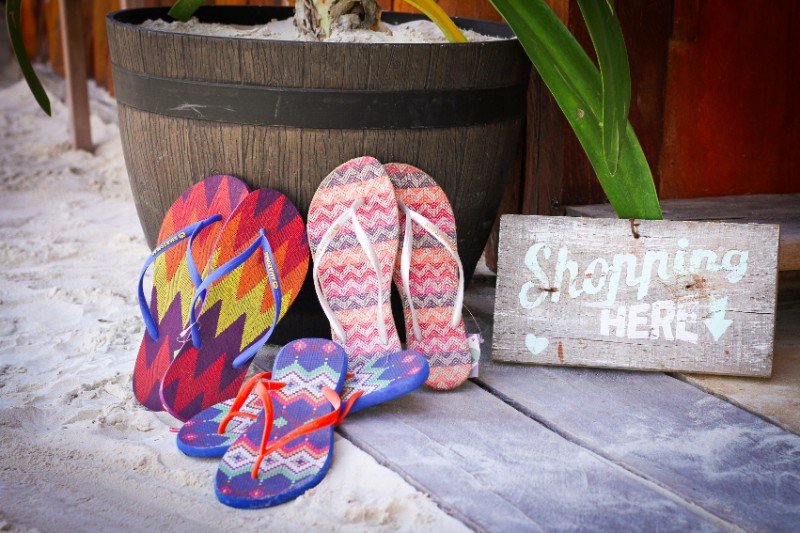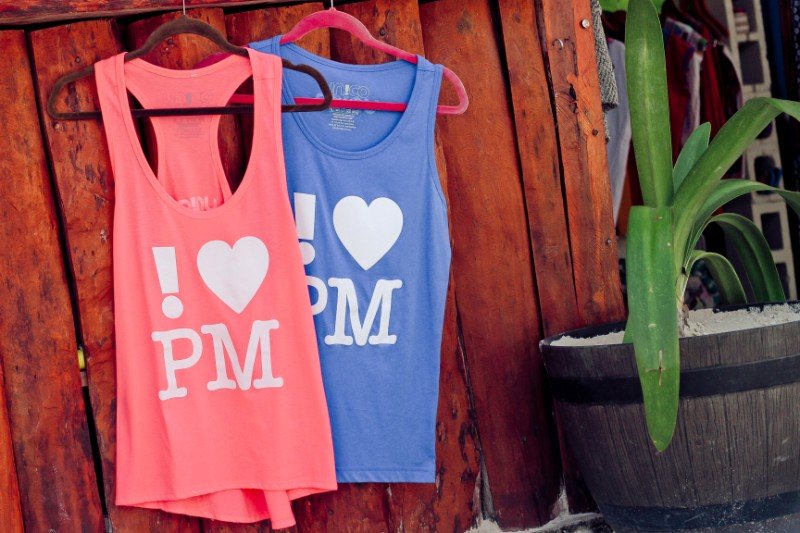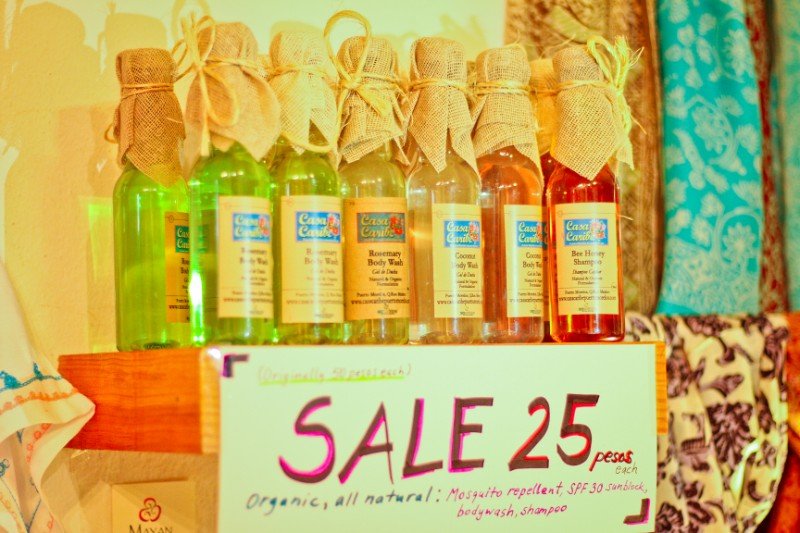Travel Tips




Transportation
BY PLANE: Cancun International Airport, code CUN, is located 15 to 20 minutes from Puerto Morelos.
Visit www.cancun-airport.com/transportation
Toll free from USA or Canada: 01-800-317-1921
BY BUS: ADO is the bus company that arrives in Puerto Morelos. Its bus stop is located next to the bridge, on the Federal Highway that connects Cancun with the south of the State of Quintana Roo.
BY CAR: if you prefer to experience the road, renting a car may be the best way to get around. Most of the world's major car rental companies can be found in town, as well as at the airport.
Distances
Puerto Morelos is located between Cancun and Playa del Carmen, 22 km from Cancun airport, 32 km from Playa del Carmen and 36 km from Cancun. They are connected by federal highway 307.
From Merida you can get there via the free highway 180 through the town of Leona Vicario, making a journey of 330 km or via highway 180 D with a toll fee, through Cancun.
Luggage
Before setting out on your trip, make sure you have all the necessary documents. Remember to keep them in an accessible place such as your handbag or backpack.
Do not forget to follow the recommendations of what you can take on board the plane and what you can take in your checked luggage. You will avoid delays and having your belongings detained at the airport.
If you carry medicines, you must take pictures of their prescriptions and they must be transported in their original containers.
Clothing: bring light and comfortable clothes. If you prefer pants, choose those that are light-colored and made with light fabrics. Shorts, t-shirts, pants, casual skirts, blouses and beach dresses are perfect for the warm weather of the region. A light sweater and if you wish, for a more formal dinner, a shirt.
Footwear: a pair of sneakers will be very useful for jungle activities, a pair of flip-flops or sandals, and comfortable evening shoes.
It is advisable not to wear leather goods or high heels. Remember that in the Caribbean almost all activities are on cobblestone streets or on the sand.
Weather
The climate is warm sub-humid with an average annual temperature of 26.3°C / 79.3°F, a maximum summer temperature of 35.5°C / 95.9°F and a minimum winter temperature of 13°C / 55.4°F. The percentage of sunny days during the year is 41%, as well as partially cloudy days, and 18% of cloudy days.
The period of dominant trade winds occurs between February and July. This period is followed by a transition period between July and September, to give way to the "northerly" period that predominates from October to January. The hurricane season for the Atlantic Ocean is from June 1 to November 30. But the months with the highest incidence are August, September and October.
Language
The official language is Spanish. However, the important tourist affluence and the Canadian and American community settled in this city have led to the adoption of English as a second language. So if you do not speak Spanish well, you should still be able to communicate in English in most places and situations that may arise during your stay.
Opening Hours
Stores are generally open from 10:00 am to 6:00 pm, Monday through Sunday. There are no banks in Puerto Morelos Centro, although there are ATMs strategically located. On the neighborhood side (west of the highway) is the Bancomer bank, which is open from 8:30 a.m. to 4:00 p.m., Monday through Friday.
Restaurant hours are quite variable, usually lunch is from 1:00 pm to 4:00 pm and dinner from 6:00 pm to 10:30 pm.
Policía turística
Since 2016, with the creation of the Municipality of Puerto Morelos, and with the objective of maintaining the city as a safe destination in Quintana Roo and Mexico, the municipal president Laura Fernández Piña ordered the creation of the Tourist Police, which has the same powers of Public Safety, and has a distinctive treatment to specifically address visitors of the destination, which includes that they are bilingual (Spanish-English).
Water
Do not drink tap water, but bottled or purified water, as it is not drinkable in all of Mexico.
Emergency Numbers
911 is the number that can be dialed in case of any emergency, to attend emergency situations in the shortest possible time. Through this number you can request the services of the Police, Civil Protection, Firefighters, ambulances or the Red Cross, in addition to psychological emergencies and domestic violence, among others.
Calls are answered 24 hours a day, 365 days a year.
078 is the number of the Green Angels of the Ministry of Tourism. This radio patrol service throughout the State of Quintana Roo provides support to those who transit through the country's highways with a schedule from 08:00 to 18:00 hours, 365 days a year covering the services of:
Orientation and information on state and regional tourist destinations, attractions and services.
Mechanical assistance and emergency radio communication.
Assistance in case of accident
Assistance to the general population in case of disasters.
Eco tips
- Use biodegradable sunscreen: In the cenotes it is forbidden to use sunscreen, repellents and creams because the chemicals severely damage the environment. For this reason the only sunscreen you can use must be BIODEGRADABLE and ORGANIC. In most cenotes you will be asked to take a shower to remove any chemical products that could contaminate the cenotes.
- Protect wild flora and fauna and their habitat: do not buy souvenirs or products made from plants, wild or endangered animals, or take pictures with them, as this promotes the capture of more specimens. Do not take "souvenirs" such as snails, corals, shells, stones, plants, etc., from the place. Think that the tourist who arrives after you will want to find the site in the same conditions.
- Take care of aquatic ecosystems: When diving or snorkeling do it carefully to protect aquatic organisms as they can be damaged by the touch of a camera, the touch of a fin or even if they are gently touched by hand. Corals grow at a very slow rate and breaking a small fragment can destroy decades of growth. Taking care can prevent damage to these magnificent dive sites that would take years to recover.
- Consume local: your trip can contribute to the economic and social development of the destination you visit. Buy local crafts and products to support the local economy, and respect the principles of fair trade. When bargaining, keep in mind the concept of fair wages.
- Dispose of your waste in the right places: remember that if you dispose of organic waste in natural areas you are affecting the habits of wildlife. Inorganic waste can take dozens of years to degrade, and in that time, it can contaminate the environment, harming the local flora and fauna or the aquifers.

